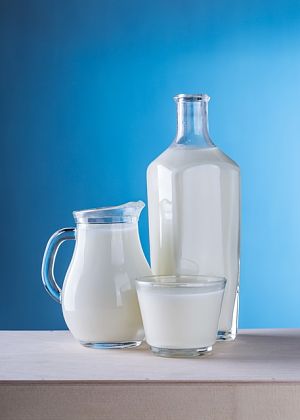How do you measure success regarding milk quality? Check out these key performance indicators for milking systems & performance to see how your farm is performing.
Selected key performance indicators (KPI) for milking systems and milking performance
|
Source Milking Machine
Milking Process |
Indicator Average claw vacuum |
Suggested Goal 35 – 42 kPa 2.3 – 4.1 kgs/min
At least 150 – 200 ms 3 to 8 minutes (depending on > 90% |
Other key performance indicators include:
 • Qualitative bulk milk cultures
• Qualitative bulk milk cultures
• Milking systems & performance
• Subclinical mastitis UW-Milk Quality promotes an integrated, team-based approach to best manage udder health and milk quality. Producing high quality milk is not a one-person job. It takes farmers and their local dairy advisors to be able to evaluate, manage and improve milk quality. At UW-Milk Quality, we develop tools and resources to help dairy producers meet their milk quality goals and increase farm profitability.For more information regarding milk quality, please visit UW-Milk Quality or contact UW-Extension Milk Quality Specialist Pam Ruegg. For more information regarding milking systems, please contact UW-Extension Milking Systems Specialist Doug Reinemann



